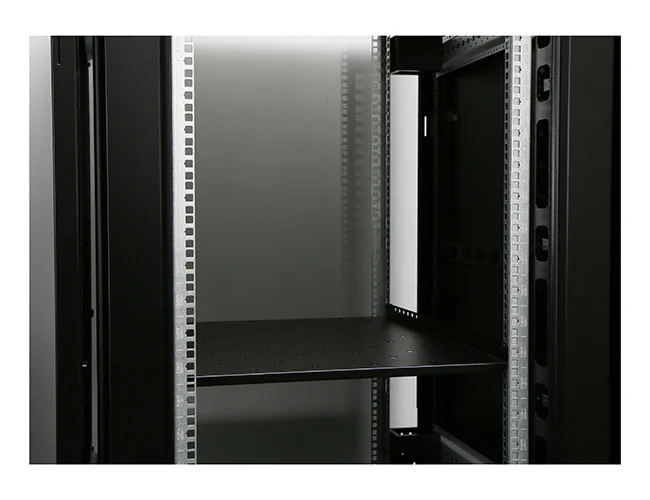News
Site Editor
 Site
https://leonetworkgroup.usa18.wondercdn.com/uploads/image/5fe152faa587d.png
Testing a starter with jumper cables is a simple process that can be done in just a few minutes. A starter is responsible for starting an engine by activating the ignition system and powering the engine to run. There are three main components to a starter, the starter motor, the solenoid, and the battery. In this article, we will guide you through the steps to test a starter with jumper cables so
Site
https://leonetworkgroup.usa18.wondercdn.com/uploads/image/5fe152faa587d.png
Testing a starter with jumper cables is a simple process that can be done in just a few minutes. A starter is responsible for starting an engine by activating the ignition system and powering the engine to run. There are three main components to a starter, the starter motor, the solenoid, and the battery. In this article, we will guide you through the steps to test a starter with jumper cables so
How To Test A Starter With Jumper Cables
Views: 498
Author: Site Editor
Publish Time: 2023-07-12
Origin: Site
Testing a starter with jumper cables is a simple process that can be done in just a few minutes. A starter is responsible for starting an engine by activating the ignition system and powering the engine to run. There are three main components to a starter, the starter motor, the solenoid, and the battery. In this article, we will guide you through the steps to test a starter with jumper cables so you can diagnose any starter-related problems.
Step 1: Safety Precautions
Before testing the starter, it is important to take safety precautions to avoid accidents. Make sure the vehicle is parked on a level surface, and the engine is turned off. Also, wear protective gear like safety goggles and gloves to prevent any injury, and ensure that the jumper cables are in good condition.
Step 2: Connect the Jumper Cables
To test the starter using jumper cables, you need to connect the red cable (positive) end of the jumper cable to the positive terminal of the battery and the other end to the positive terminal of the starter. Next, connect the black cable (negative) end of the jumper cable to the negative terminal of the battery and the other end to the vehicle frame or engine block to create a ground.
Step 3: Turn on the Ignition
After you have connected the jumper cables, turn on the ignition and listen to the starter motor’s sound. If the starter motor makes a grinding noise or no noise at all, it could be damaged, and the problem is likely with the starter motor or the solenoid. If the starter motor rotates but does not engage the engine, a problem could lie with the pinion gear or the link between the starter and the flywheel.
Step 4: Check the Voltage
Another way to test the starter with jumper cables is by checking the voltage. This test is done with the help of a multimeter. To test the voltage, connect the meter to the starter’s positive and negative terminals and check the voltage reading. If the reading is less than 9.6 volts, the starter may be damaged, and it needs to be replaced.
Step 5: Disconnect the Jumper Cables
After you have completed the testing, disconnect the jumper cables in the reverse order that you connected them.
Conclusion
Testing a starter with jumper cables is a simple process that requires only a few tools and precautions. Following the steps outlined above can help you diagnose the problem with your starter. If you find that the starter needs to be replaced, it is recommended that you seek help from a professional mechanic to ensure a proper replacement.
If you want to know more about industrial network cabinet,china fiber optic splice closure,china fiber optic distribution box,please consult the fiber optic splice closure factory









